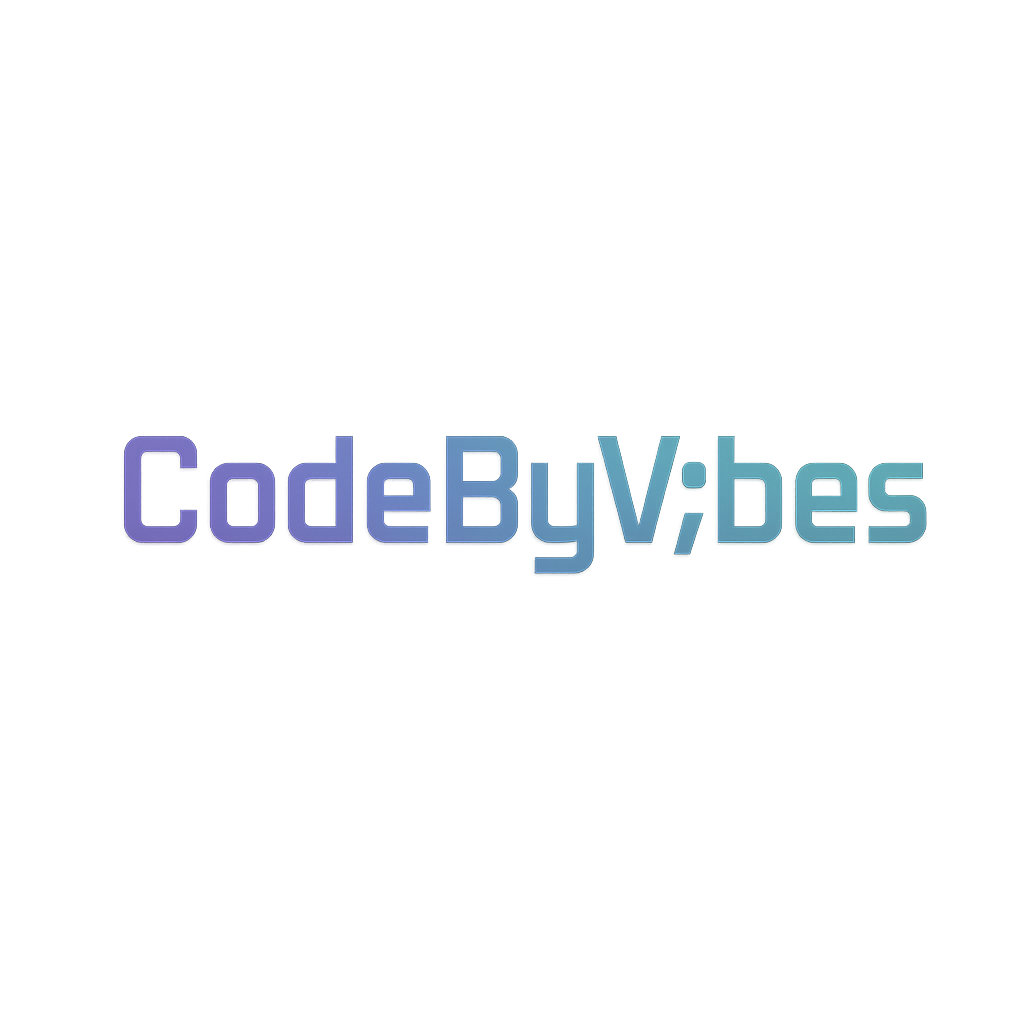Why Vibe Coding Is the Future of Lean Startups
Introduction: Lean Gets Even Leaner
Lean startups were once the gold standard of entrepreneurship — build fast, fail fast, learn, and pivot. But even “lean” in the 2010s still meant funding rounds, developer hires, and infrastructure costs.
In 2025, vibe coding is making lean startups even leaner. With AI handling the heavy lifting, a single founder can now do what used to take an entire dev team. That isn’t just a shift in workflow — it’s a seismic change in startup economics, culture, and competition.
1. Lean Startup Principles, Rewritten by AI
Eric Ries’ Lean Startup framework taught us to minimize waste, build MVPs quickly, and test assumptions. Vibe coding takes those principles and supercharges them:
- MVP speed: Instead of weeks or months, MVPs now emerge in days (or hours).
- Iteration cost: Instead of tens of thousands of dollars, iteration costs can be under $100.
- Access: Non-technical founders no longer need to outsource or fundraise to test their ideas.
💡 Key Point: Vibe coding turns “lean” into “ultra-lean.”
2. Startups Without Developers?
This isn’t about replacing developers outright — but it is about reducing reliance on them at the earliest stage.
- A non-technical founder can use Bolt.new to launch a working prototype.
- Debugging, once the bottleneck, is outsourced to Claude Code or Cursor.
- Deployment is often one-click, with no DevOps in sight.
That means fewer startups will begin by hiring developers. Instead, developers come later — after traction is proven.
3. The Economic Advantage: Capital Efficiency
As we explored in The Economics of Vibe Coding, the cost gap is stark:
| Cost Factor | Traditional Lean Startup | Vibe Coding Startup |
|---|---|---|
| Developer Costs | $50K–$100K (MVP build) | $0–$50/mo AI tools |
| Design + Prototyping | $5K–$20K outsourcing | Free AI mockups |
| MVP Timeline | 1–3 months | 1 weekend–2 weeks |
💡 Takeaway: In a world where venture capital is tightening, vibe coding startups can launch 10x more experiments with the same budget.
4. The Competitive Shift: Level Playing Field
In the past, startups with funding had an advantage. Today, ideas matter more than capital.
- A teenager with a laptop can ship a product that rivals a funded seed-stage startup.
- Creators can experiment with micro-startups — dozens of projects instead of one big bet.
- The gap between “garage startup” and “venture-backed startup” is narrowing.
This democratization isn’t theoretical. Social platforms are already filling up with stories of founders building apps in 48 hours and getting traction before a pitch deck is even written.
5. The Risks No One Should Ignore
Of course, vibe coding isn’t a cure-all. Startups built entirely on AI-generated code face real challenges:
- Scalability: MVP code often doesn’t scale well.
- Security: AI may introduce vulnerabilities.
- Maintenance debt: Quick fixes now can become costly later.
But lean startups already embraced imperfection — the point of an MVP is not to be perfect, but to test assumptions. Vibe coding simply makes that testing cheaper and faster.
6. The Cultural Shift: From Coders to Creators
The future of lean startups isn’t just about economics. It’s about culture.
- Founders as vibe coders: Non-technical entrepreneurs can build without barriers.
- Developers as architects: Instead of writing boilerplate, devs will focus on scaling, security, and system design.
- More diversity in founders: When capital and coding aren’t gatekeepers, more voices can enter the startup ecosystem.
This cultural shift mirrors the rise of YouTube or TikTok — when creation tools got cheaper, creators exploded in number. Vibe coding could do the same for startups.
Final Thoughts: The Future Belongs to the Bold
Lean startups changed the world by making entrepreneurship faster and more efficient. Vibe coding takes that to the next level, slashing the costs and timelines of innovation.
The winners in this new era won’t be the ones with the biggest teams or deepest pockets. They’ll be the ones who move fastest, test boldest, and adapt quickest.
In other words: the future of lean startups is written in vibes.
Quick Key Takeaways
- Vibe coding reduces MVP timelines from months → days.
- Startup costs drop from tens of thousands → under $100.
- Non-technical founders can now compete directly with funded startups.
- Risks remain (scalability, security, maintenance), but MVPs don’t need perfection.
- The cultural shift: coders → architects, founders → vibe coders.

